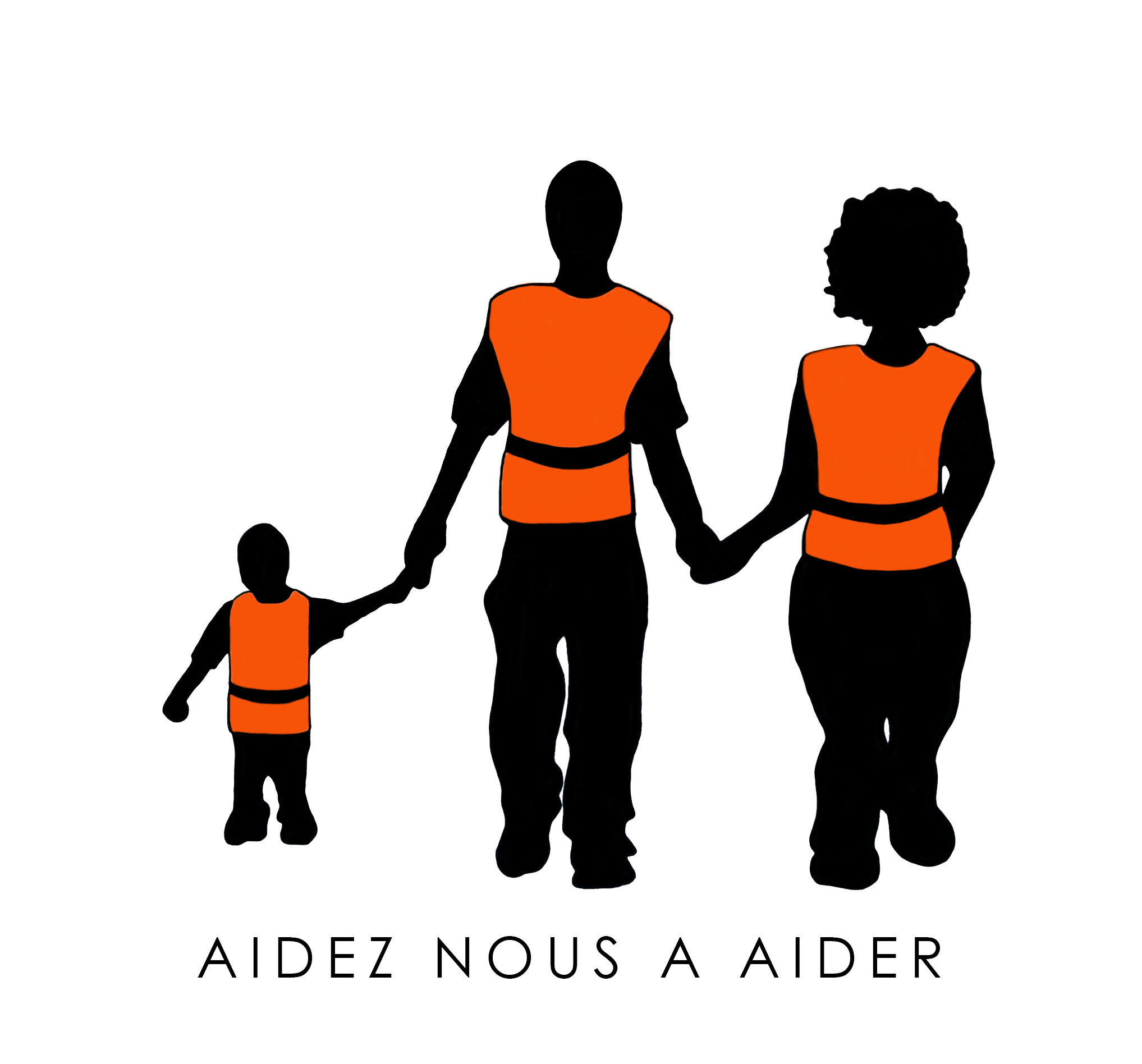Migration within Africa is a complex tapestry woven with diverse threads of economic aspirations, political upheaval, environmental challenges, and demographic shifts. Across the continent, various countries serve as magnets for migrants seeking better opportunities and refuge from turmoil. In this exploration, we uncover the destinations where African migrants are most drawn and the intricate web of factors shaping their movements.
Destinations of African Migrants
While internal migration within African countries is substantial, certain nations emerge as pivotal destinations for migrants across the continent. South Africa, boasting a relatively robust economy and abundant job opportunities, has magnetized migrants from neighboring countries like Zimbabwe, Mozambique, and Lesotho. The allure of South Africa’s bustling urban hubs, notably Johannesburg and Cape Town, has spurred considerable migration flows, driven by the promise of economic prosperity and a better quality of life.
Similarly, North African countries such as Egypt, Libya, and Algeria serve as crucial gateways for migrants from Sub-Saharan Africa aiming to cross into Europe. Despite Libya’s political instability, it has historically functioned as a transit country for migrants embarking on the perilous journey across the Mediterranean Sea in pursuit of refuge and opportunity in Europe.
In West Africa, nations like Nigeria, Ghana, and Ivory Coast attract migrants from neighboring countries and beyond due to their relatively stable economies and abundant job opportunities in sectors such as agriculture, mining, and services. The promise of employment and economic advancement draws migrants from surrounding regions, contributing to the dynamic tapestry of migration in the region.
Dynamics of Migration
The reasons behind the choice of destination vary widely among migrants, reflecting a diverse array of economic, political, and environmental considerations. Economic migrants are drawn to countries with stronger economies and promising job prospects, seeking opportunities to improve their livelihoods and provide for their families. South Africa’s relatively robust economy, coupled with its thriving urban centers like Johannesburg and Cape Town, serves as a magnet for migrants from neighboring countries such as Zimbabwe, Mozambique, and Lesotho. The allure of better-paying jobs, access to education, and a higher standard of living entices individuals to embark on the journey to South Africa in search of economic prosperity.
On the other hand, political refugees flee conflict, persecution, and instability in their home countries, seeking safety and asylum in nations with more stable political environments. North African countries like Egypt, Libya, and Algeria often serve as critical transit points for migrants from Sub-Saharan Africa aiming to cross into Europe. Despite the inherent risks and challenges, migrants view these countries as stepping stones towards a safer and more secure future, away from the turmoil and violence plaguing their homelands.
Environmental factors also play a significant role in driving migration patterns, with droughts, desertification, and other forms of environmental degradation compelling individuals to seek refuge in regions with more favorable climatic conditions. This phenomenon, often referred to as environmental migration or environmental refugees, underscores the interconnectedness between environmental sustainability and human mobility.
Internal displacement within countries further contributes to migration dynamics, driven by conflict, environmental degradation, or demographic pressures. Displaced populations, whether due to armed conflict in countries like South Sudan or environmental disasters in regions prone to flooding or drought, often seek refuge and assistance in urban centers or neighboring countries.
Urbanization, fueled by rural-to-urban migration, presents both challenges and opportunities in burgeoning cities across the continent. While urban areas offer the promise of employment, education, and improved living standards, they also strain existing infrastructure and resources, leading to issues such as overcrowding, inadequate housing, and limited access to essential services.

Opportunities and Challenges
While migration in Africa presents a myriad of opportunities for economic growth, cultural exchange, and social development, it also poses significant challenges for destination countries. Managing migration flows, ensuring social integration, and addressing the needs of migrants necessitate effective policies and cooperation at both regional and international levels.
Economic opportunities brought about by migration contribute to local economies through increased consumer spending, entrepreneurship, and labor market participation. Additionally, cultural exchange enriches societies, fostering diversity, tolerance, and innovation. Social development benefits from the infusion of new ideas, skills, and perspectives brought by migrants, enhancing social cohesion and resilience.
However, managing migration flows presents challenges for destination countries, including issues related to social cohesion, public services, and infrastructure. Ensuring the successful integration of migrants into host communities requires investment in education, healthcare, housing, and language training. Moreover, addressing the diverse needs of migrants, including legal, social, and psychological support, is essential for their successful integration and participation in society.
Furthermore, irregular migration poses significant challenges, including human trafficking, smuggling, and exploitation. Comprehensive approaches to migration governance and border management are critical to combatting these illicit activities. Strengthening border controls, enhancing law enforcement cooperation, and improving information sharing are essential steps in addressing irregular migration and protecting vulnerable migrants from exploitation and abuse.
In conclusion, while migration in Africa offers opportunities for economic growth, cultural exchange, and social development, it also presents challenges that require careful management and cooperation. By implementing effective policies, fostering social integration, and addressing the needs of migrants, destination countries can maximize the benefits of migration while mitigating its potential negative impacts. Moreover, tackling irregular migration through comprehensive governance and border management measures is essential to ensure the safety and well-being of migrants and uphold the integrity of migration systems.
Understanding the dynamics of African migration and the countries of destination is essential for policymakers, researchers, and stakeholders seeking to address the opportunities and challenges associated with human mobility. By promoting regional cooperation, fostering economic development, and protecting migrants’ rights, African countries can harness the potential of migration for the benefit of all.

